A Wave of Inspiration
Anie Rouleau provides the following blog. It is a companion to her and Daniele Henkel’s podcast Certified B Corporations Seek to Improve Our World.
In 2003, I went on a solo adventure and traveled worldwide for 18 months. In every country I visited, I sat down in the parliament to hear what the local pressing socio-economic issues were. Time after time the same challenge surfaced… the environment.
From Africa – where the concern was access to clean drinking water, to Australia – where I swam over disappearing grey coral reefs, to Chile – where I witnessed a plane flying over lakes to steal water for Argentinian vineyards.
Growing in up Canada with the abundance of freshwater lakes and rivers surrounded by two oceans, I was flabbergasted by this reality. I quickly understood the meaning of Blue Gold, a book by Maude Barlow and Tony Clarke that deeply moved me.
Concerned about this reality, water became my inspiration and motivation.
A Wave of Innovation
Principal source of all life, water is vital to human health.
Paradoxically, water is the main ingredient in almost all of our products. Water is also required to use most of our products. Offering biodegradable products to limit the damage in our water sources is a good start, but we must also be aware of the harmful repercussions of single use plastic packaging. These containers and plastic particles are largely found in our oceans and today form impressive plastic islands. We are part of an industry known for its single-use packaging and products that have damaging impacts on the ecosystem.
As conscious citizens and a responsible company, it is our duty to ensure the least impact possible on our waterways throughout the lifecycle of our products. For example, our new ecodesigned dish tabs have been tested to be efficient at low temperatures from 45° Celsius and in a shorter wash cycle. Not very extraordinary for some, but highly impactful on a larger scale and a small win for the company.
A Wave of Freshness
In our collective imagination, a wave represents a strong force of nature. Sometimes calm and peaceful other times tumultuous, water occupies an intimate place in which ecological concerns come to take root. If the wave on our bottles could talk it would tell you that it symbolizes cleanliness, foam, and effectiveness. Figuratively, the wave is our source of inspiration and wealth that must be thought of every day. Its beauty is present in every room where there is a water source in our homes, from the laundry room to the kitchen.
It’s easy to forget to drink enough water every day, it’s equally easy to forget that we waste water every day. In Canada, we’re privileged by its abundance from coast to coast, from the base of the Rocky Mountains in the West to the Gulf of Saint Lawrence in the East.
Let the wave on our bottles serve as a daily reminder throughout your household that water is precious and an essential part of our lives.
A Wave of Change
Just like our products, an actual ocean breeze does not smell like anything, yet it brings a sense of peace, wellness, and desire for change. Water scarcity is a worldwide challenge that is current and pressing, awakening a strong motivation for change. What if one day our entire product line contains no water and has no packaging?
About the Author
Anie Rouleau, a Montrealer born to a business-oriented family, Baléco’s Founding CEO knows how to do business without compromising her values and convictions. That’s why she chose to redefine the notion of clean by creating a line of ecofriendly home and body care products designed for conscious living. Fervent defender of local sourcing, she sits on different committees, including Made in Montreal. Women leadership and ethics being causes close to her heart, she is a mentor for young women in business. She is also part of Quebec entrepreneurship promotion groups. Mother of two, Anie is driven by her desire to protect future generations. By investing in innovation and eco-design within an industry which sets his sight far from sustainable development issues, she seeks with Baléco to define tomorrow’s business as a transparent entity, respectful of its employees, the community and the environment.

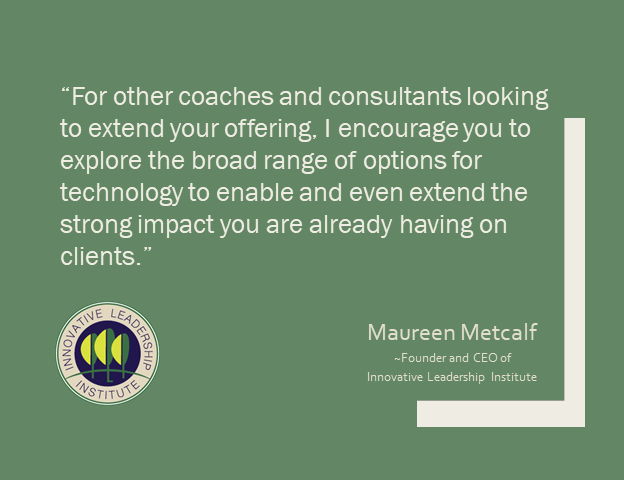
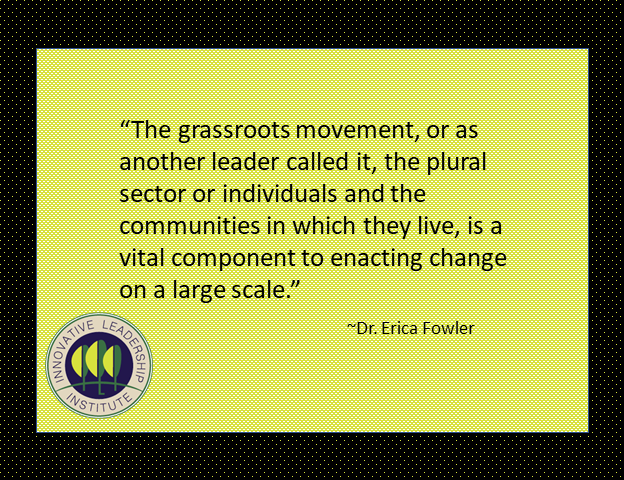
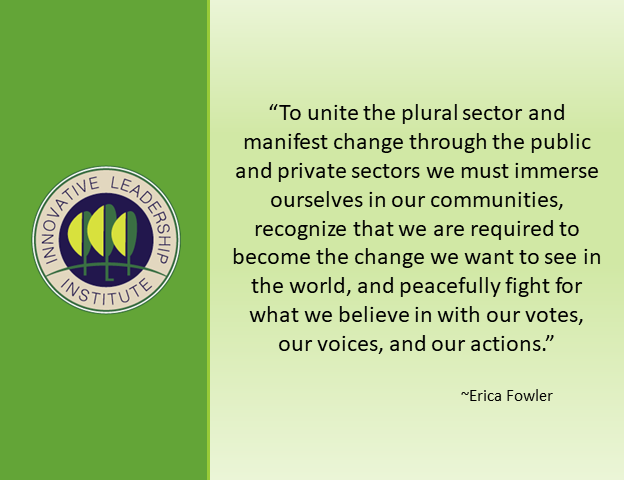
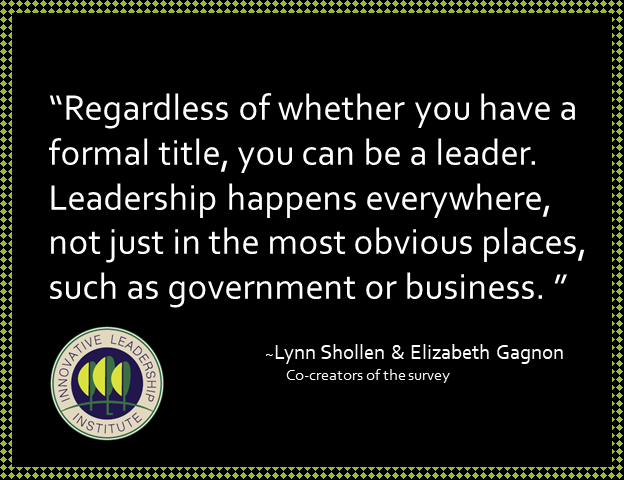 This blog is provided by Lynn Shollen and Elizabeth Gagnon of Christopher Newport University in Newport News, Virginia. It is a description of the top-line findings of a survey about leadership that they conducted last year. You can read much more about the project
This blog is provided by Lynn Shollen and Elizabeth Gagnon of Christopher Newport University in Newport News, Virginia. It is a description of the top-line findings of a survey about leadership that they conducted last year. You can read much more about the project 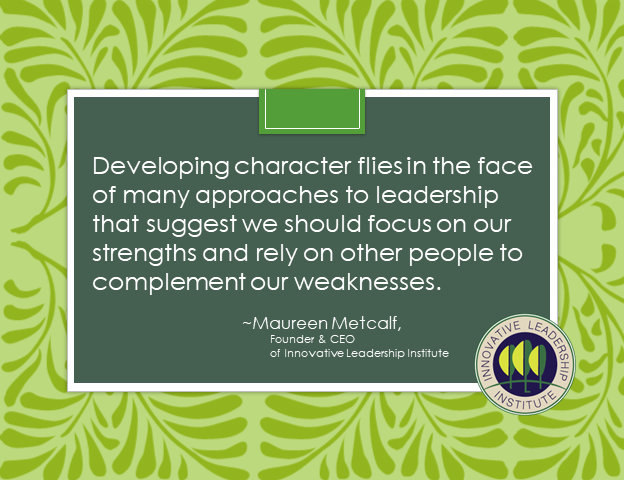
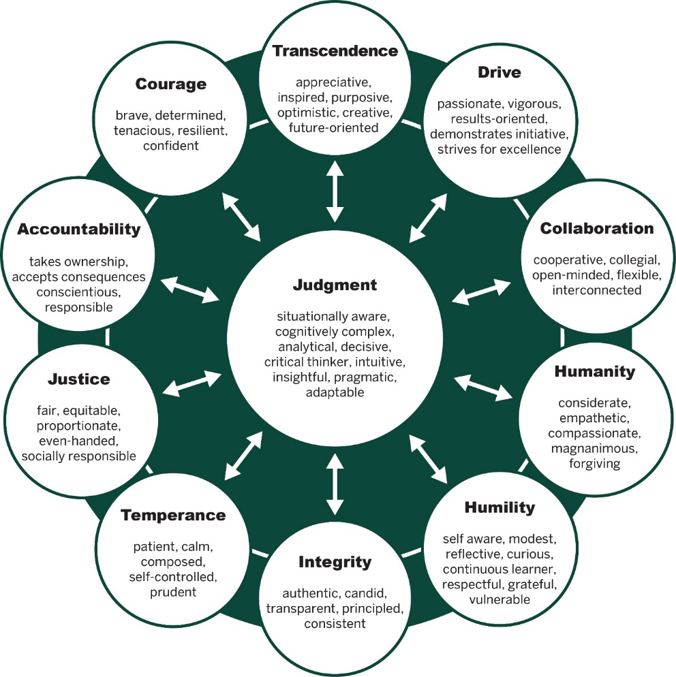
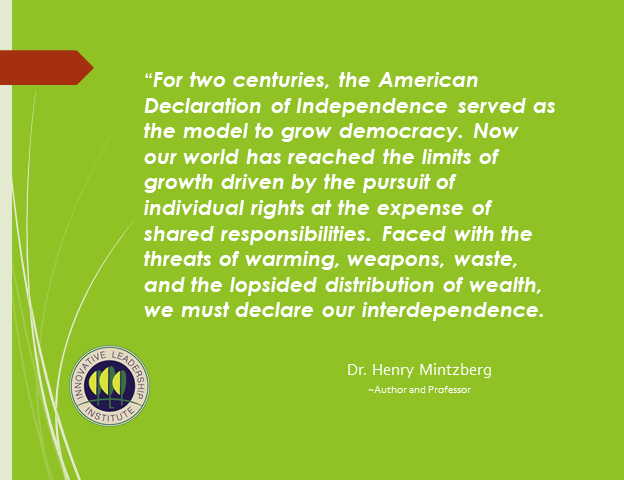
 This blog is a guest post by Simon Mac Rory as a companion to the podcast where he talks about his latest book, Wake-up and Smell the Coffee: An Imperative for Teams.
This blog is a guest post by Simon Mac Rory as a companion to the podcast where he talks about his latest book, Wake-up and Smell the Coffee: An Imperative for Teams.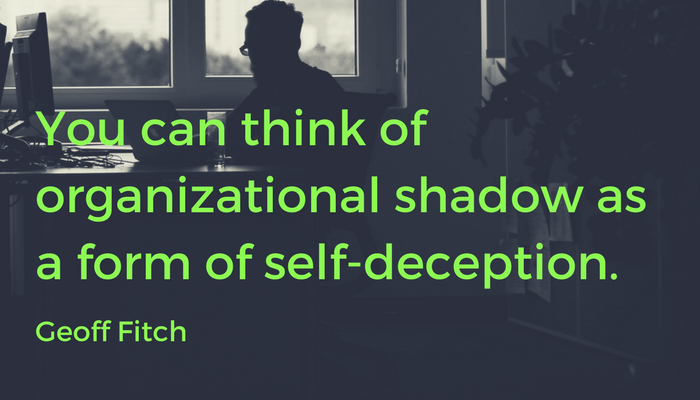 This blog is a companion to the podcast with Geoff Fitch and Terri O’Fallon, Is There Such A Thing As A ‘Level 5’/Teal Organization -Part 2. Geoff Fitch, MA, wrote this post.
This blog is a companion to the podcast with Geoff Fitch and Terri O’Fallon, Is There Such A Thing As A ‘Level 5’/Teal Organization -Part 2. Geoff Fitch, MA, wrote this post.